How to Make An Eco-Friendly Hugelkultur Raised Garden Bed

Enjoyed the project?
Suggested materials:
- Wood logs, sticks, leaves, and other organic yard waste
- Soil
- Nitrogen-rich material (manure, food scraps, coffee grounds)
- Pruning Shears
- Shovels
- Garden Hose + Water
- Seeds

Comments
Join the conversation
-
 Christina aka Queenopearls
on Jun 27, 2019
Christina aka Queenopearls
on Jun 27, 2019
Oh my stars, I was just reading about this yesterday! What great timing, thank you for all the detailed photos and information. Here's the site I was reading: https://richsoil.com/hugelkultur/
-
-
 Oberlinmom
on Apr 06, 2020
Oberlinmom
on Apr 06, 2020
I did this many years ago in a smaller venue. The bed does sink and there can be gaps but if you have compost on hand it's not a big deal. One bed sank quite a bit (the suggestion was to layer newspaper over the wood before putting in dirt, not a good idea) we just add more compost. What I liked about this technique is we were able to get rid of branches and wood that we had from a tree that fell. Oh and I planted it with perennials right away. They survived the sifts and the gaps.
This is inspiring me to shift some of the logs we have stacked up that are decaying and make a couple more beds. We have a very low area that doesn't drain very well this would be the perfect site to create another bed with the knowledge it will sink but the nutrients added and the inches raised will be worth it.
My grandfather taught horticulture at Rutgers in the '40s. He always gathered any rotting wood to add to his beds. He pointed out how rich and loamy the soil in untouched woodlands were. Leaves breaking down with the wood and roots created a wonderful rich mix of nutrients perfect for healthy growth.
-



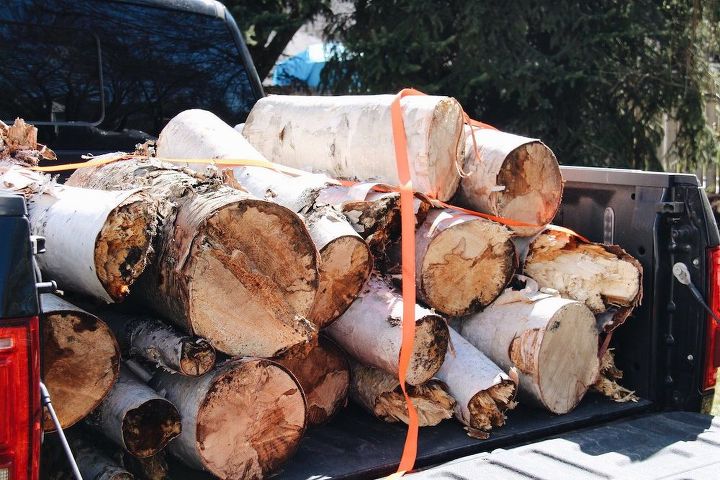




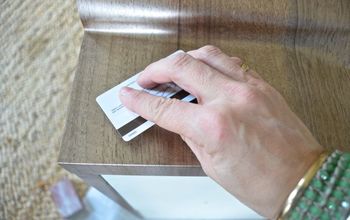
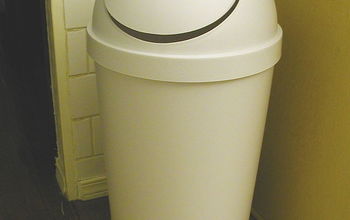



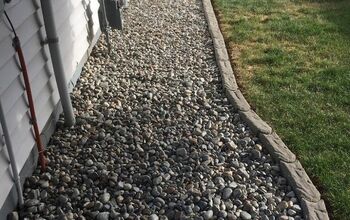


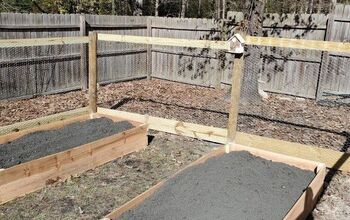
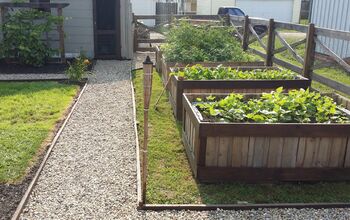

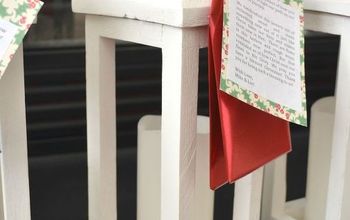

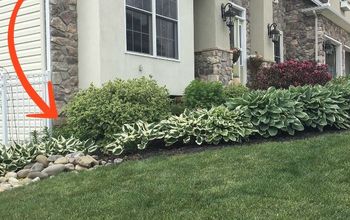









Frequently asked questions
Have a question about this project?
Has there ever been a termite problem? Carpenter ants also be a problem. Oregon rain country gives a second thought. Be careful.
I was writing down quantities and see 10’ for a smaller bed & 5’ for a larger one (checked the original post, too) so did you reverse the numbers or did you mean to say 10’ & 15’—or something else entirely? I’d like to get my ratios correct! 🤔 Thank you!!